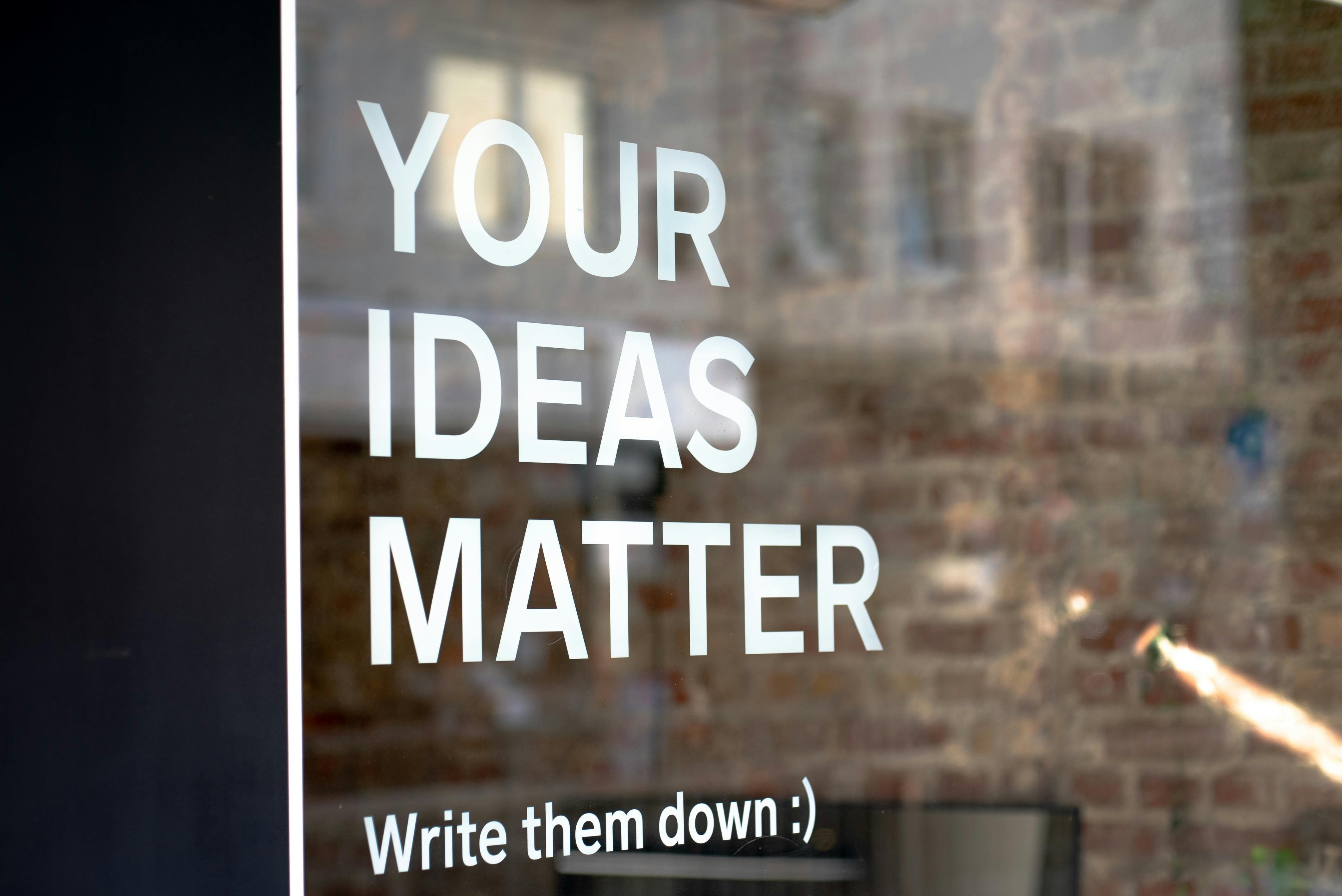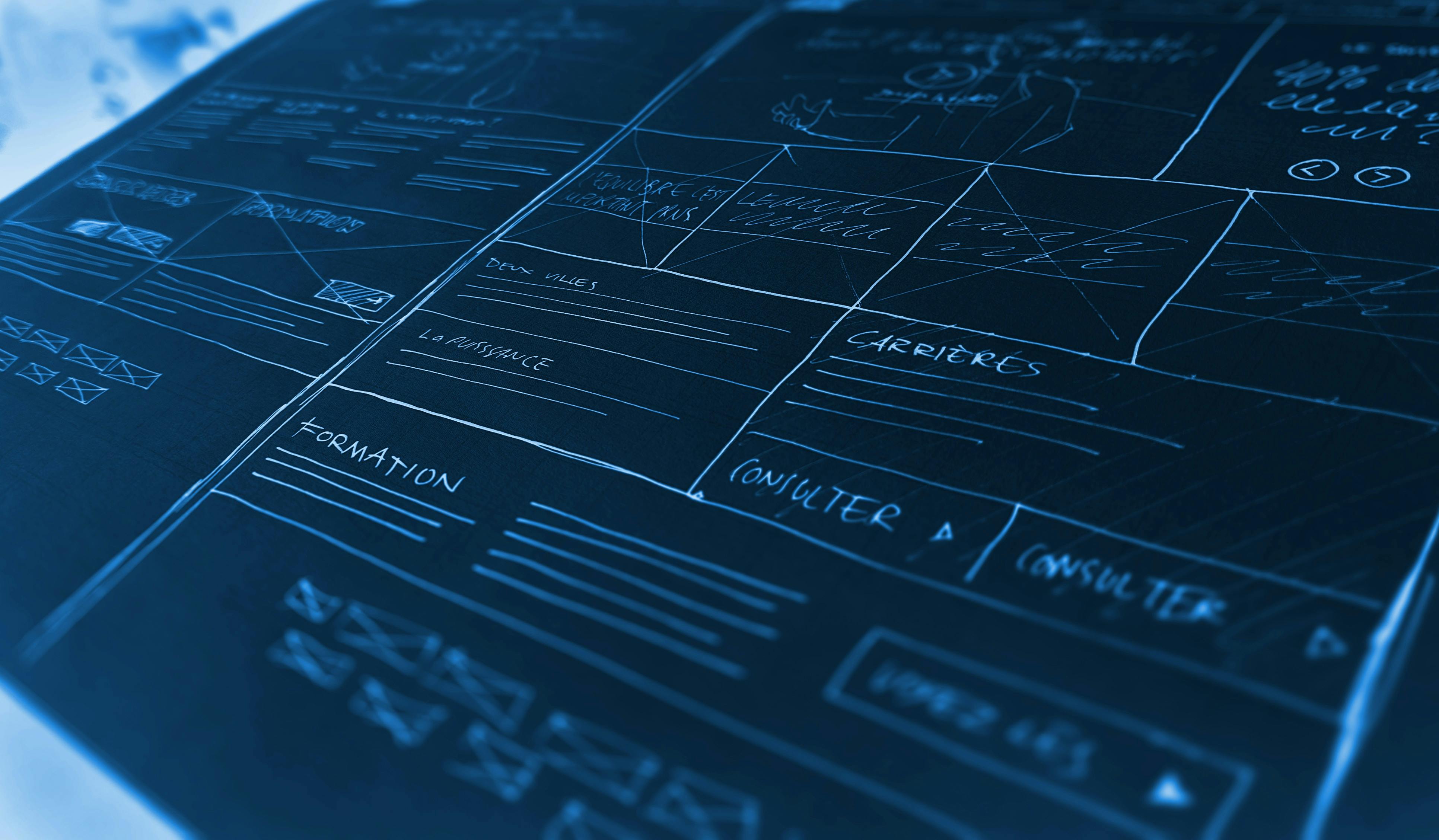Design thinking is a human-centered approach to innovation that focuses on understanding the needs of users and creating solutions that meet those needs. To achieve this, it's essential to adopt a user-centric approach, and one of the most effective methodologies for doing so is Design Thinking. In this article,I will discuss lessons I gained in the article " Redesigning the New York Times app — a UX case study, as a UX designer", and how UX designers can harness the power of Design Thinking in the design process to create exceptional user experiences.
Design thinking typically involves five steps namely:
Empathize: Understand the needs and pain points of your users.
Define: Define the problem you are trying to solve.
Ideate: Generate ideas for possible solutions.
Prototype: Create prototypes of your solutions and test them with users.
Test: Test your solutions with users and iterate on them based on feedback.
Empathize

According to the Oxford English dictionary, empathize means "understand and share the feelings of another". In this case, focus on the users to understand the user's needs, wants and hates. This allows you as a designer to set aside your assumptions about the product and gain real insights about users and their needs.
Define
In this stage of the design thinking process, you are the designer take everything you learned about the user from the first step and use it to identify the problem that your design is set out to provide a solution to.

Ideate
After defining your problem, the next step is to generate ideas and think outside the box to make the design check all the right boxes identified that will provide a solution to the problem defined by the needs of the users.

Prototype
In this phase, the objective is to produce basic rough work of possible solutions to the previously generated ideas. This can be achieved by simple paper prototyping, and low-fidelity wireframes that represent specific features to be found within the product. The objective in this stage is to identify the best solution for each problem found.

Testing
In this phase, testing of the prototype is carried out on a test group identified. The test group can be users whom the initial feedback was gathered from. Testing enables the design team to observe what features of the solution work and where it needs improving. Secondly, it also allows the gathering of feedback about the product that will be crucial in implementing the solution.

In conclusion, you should understand that the design thinking process stages are different modes which contribute to the entire design project, rather than sequential steps and deeply understanding the user needs and approach design thinking as an iterative process that will be very hand-on with the users the product.
